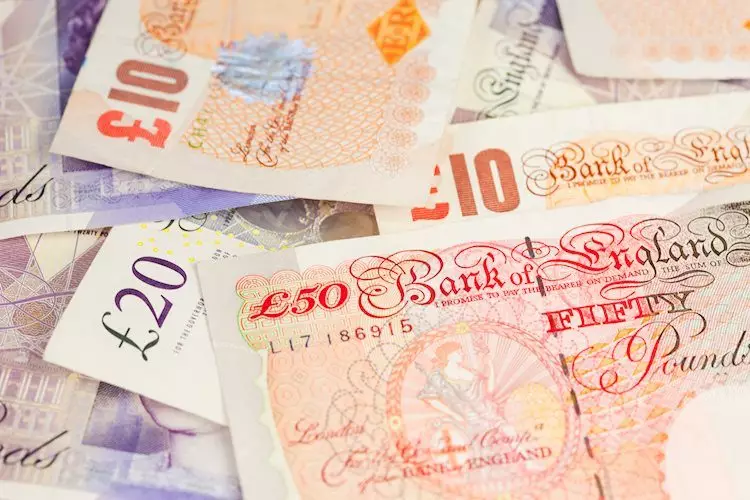The GBP/USD pair has shown a decline to 1.2695 during the early Asian session, largely due to the strength of the US Dollar. The higher US yields and lower expectations of a Federal Reserve rate cut in September have boosted the USD and consequently weighed on the GBP/USD pair.
Investors are eagerly awaiting the release of the US Q1 GDP data, expected to grow by 1.3%. A stronger-than-expected reading could further strengthen the USD, creating a challenging environment for the GBP/USD pair. Additionally, other economic indicators such as the US weekly Initial Jobless Claims, Goods Trade Balance, and Pending Home Sales will also be closely watched by market participants.
The softer UK inflation outlook has raised expectations of a rate cut by the Bank of England (BoE) in its upcoming August meeting. The International Monetary Fund (IMF) anticipates two to three rate cuts by the BoE, adding further pressure on the GBP. The lack of significant economic data releases from the UK has left room for election speculation to influence the Pound Sterling.
In recent weeks, Federal Reserve officials have expressed caution regarding the inflation outlook, leading traders to adjust their expectations for a monetary easing cycle this year. The Fed’s stance, coupled with strong US economic data, has supported the USD and added to the challenges faced by the GBP/USD pair.
The combination of factors such as the Fed’s stance, US economic data releases, and the BoE’s potential rate cut has created a complex environment for GBP/USD trading. Investors will closely monitor upcoming events and data releases to gauge the future direction of the currency pair.
The GBP/USD pair is currently facing pressure from multiple fronts, including USD strength, US economic data releases, and speculation surrounding the BoE’s monetary policy. Traders must navigate through these challenges and stay informed about upcoming events to make well-informed trading decisions.

